Ask AI on The Internet
Question: 1. What is creative thinking? 2. Why is it important to develop a questioning mindset? 3. List three questions you might ask to develop your creative thinking? 4. What is a perspective? 5. What is a preconception? How could you overcome them? 6. Why is it important to listen to different people’s perspectives? 7. List four different perspectives you might consult when trying to come up with new ideas, ways of approaching things, strategies or ways to solve a problem. 8. What is brainstorming? How is it useful? 9. Briefly explain the following brainstorming methods: a) Stop and go b) Sequencing c) Buzz session d) Bulletin board e) Computer-aided
Sure! Below are the answers to your questions: 1. **What is creative thinking?** - Creative thinking is the ability to look at things differently, find innovative solutions, and generate new ideas. It involves thinking outside traditional boundaries and using imagination and inventiveness to solve problems or generate opportunities. 2. **Why is it important to develop a questioning mindset?** - Developing a questioning mindset is important because it encourages curiosity and critical thinking. By questioning assumptions and norms, you can uncover deeper insights, identify gaps in knowledge, and open up new possibilities for innovation and improvement. 3. **List three questions you might ask to develop your creative thinking:** - What if we approached this problem from a completely different angle? - How might someone from a different industry solve this issue? - What are the assumptions we are making, and what happens if they aren't true? 4. **What is a perspective?** - A perspective is a particular attitude or way of considering something. It is the lens through which an individual views and interprets the world based on their experiences, beliefs, and knowledge. 5. **What is a preconception? How could you overcome them?** - A preconception is a preconceived idea or bias about something that hasn't been proven or is based on incomplete information. To overcome preconceptions, you can seek out new information, challenge your assumptions, expose yourself to different viewpoints, and engage in reflective thinking. 6. **Why is it important to listen to different people’s perspectives?** - It is important to listen to different people's perspectives because it broadens your understanding, reduces biases, fosters empathy, and leads to more comprehensive and innovative solutions. Diverse perspectives can provide insights and ideas you might not have considered on your own. 7. **List four different perspectives you might consult when trying to come up with new ideas, ways of approaching things, strategies, or ways to solve a problem:** - Perspectives from different cultural backgrounds. - Insights from professionals in different industries or fields. - Opinions from end-users or customers. - Ideas from colleagues with different expertise within your organization. 8. **What is brainstorming? How is it useful?** - Brainstorming is a group creativity technique used to generate a large number of ideas for solving a problem. It is useful because it encourages free thinking and the sharing of ideas without criticism, leading to a diverse set of potential solutions that can later be refined and implemented. 9. **Briefly explain the following brainstorming methods:** a) **Stop and Go:** - This method involves alternating periods of brainstorming with periods of rest or other activities. During the "go" periods, participants actively generate ideas, and during the "stop" periods, they take breaks to reflect and recharge. b) **Sequencing:** - Sequencing involves organizing brainstorming sessions in a specific order or sequence, such as starting with individual idea generation, followed by small group discussions, and finally a larger group session to integrate and refine the ideas. c) **Buzz session:** - In a buzz session, participants are divided into small groups to discuss and generate ideas. Each group then shares its ideas with the larger group, promoting a lively exchange of thoughts and fostering collaboration. d) **Bulletin board:** - This technique involves posting a problem or topic on a bulletin board (physical or digital) where participants can add their ideas over a period of time. This allows for continuous idea contribution and the ability to see and build on others' ideas. e) **Computer-aided:** - Computer-aided brainstorming uses software to facilitate the idea-generation process. It often includes features like anonymous input, idea clustering, and voting, helping to manage large groups and capture a wide range of ideas efficiently.
Think your answer is better than the AI's? Post it below.
Other Most Relevant Posts:
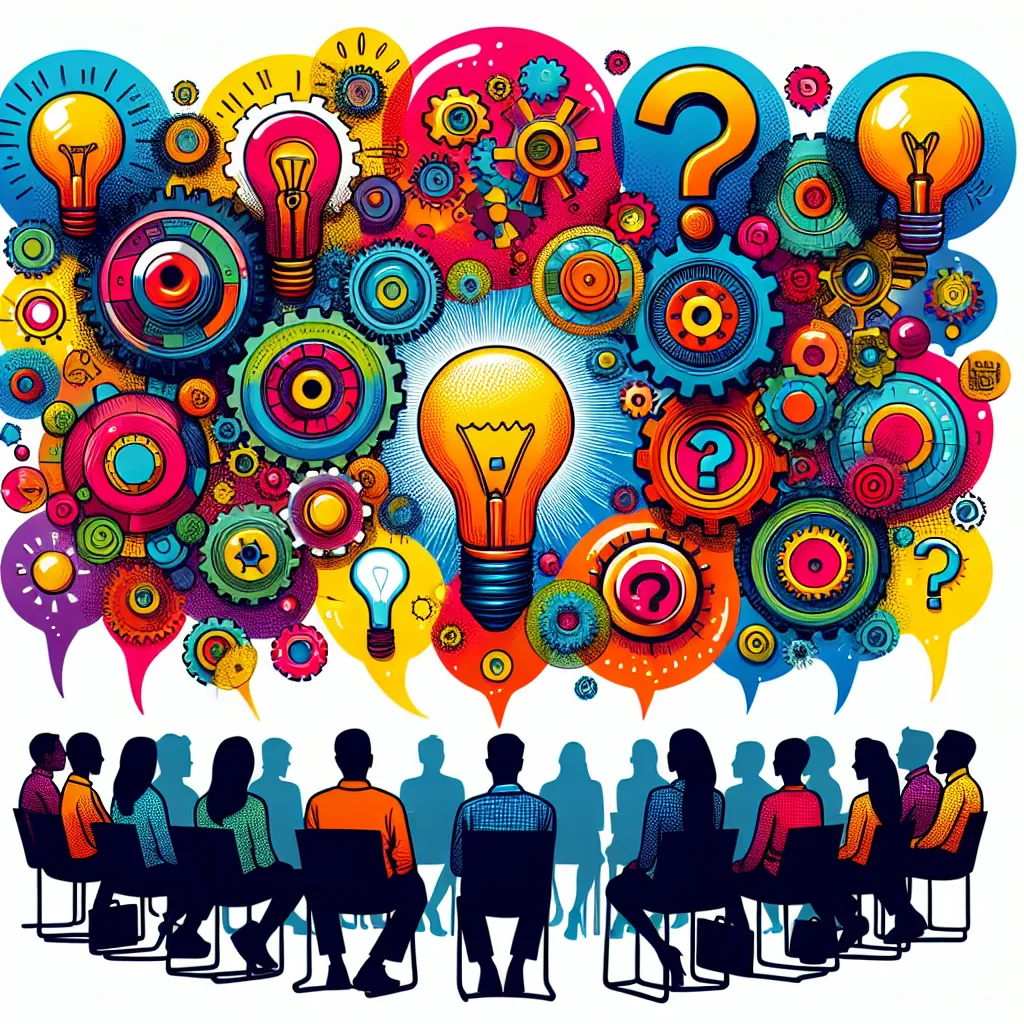 1. "*Unlocking Creativity: What is Creative Thinking?*"
2. "*The Power of Inquiry: Why Questioning Matters*"
3. "*Curious Minds Create: Igniting Your Creativity*"
4. "*Seeing the World Anew: Unde
1. "*Unlocking Creativity: What is Creative Thinking?*"
2. "*The Power of Inquiry: Why Questioning Matters*"
3. "*Curious Minds Create: Igniting Your Creativity*"
4. "*Seeing the World Anew: Unde
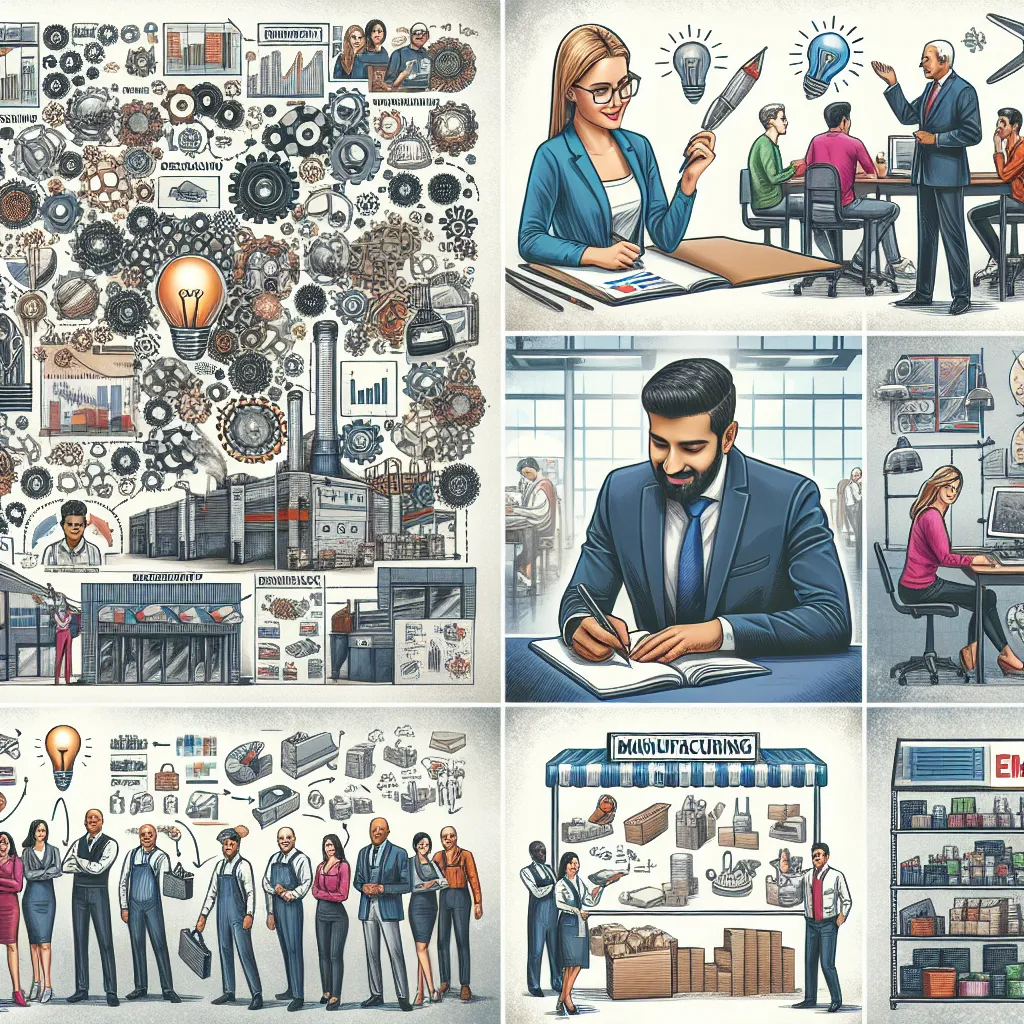 Definitions for Listed Terms: Entrepreneurs, Entrepreneurship, Employees, Manufacturing, Wholesaling, Retailing, Service, Self-assessment, Aptitude, Opportunities, Ideas, Trade Shows, Problem Sol
Definitions for Listed Terms: Entrepreneurs, Entrepreneurship, Employees, Manufacturing, Wholesaling, Retailing, Service, Self-assessment, Aptitude, Opportunities, Ideas, Trade Shows, Problem Sol
Question Tags
If you want your question answered by an AI, click here.
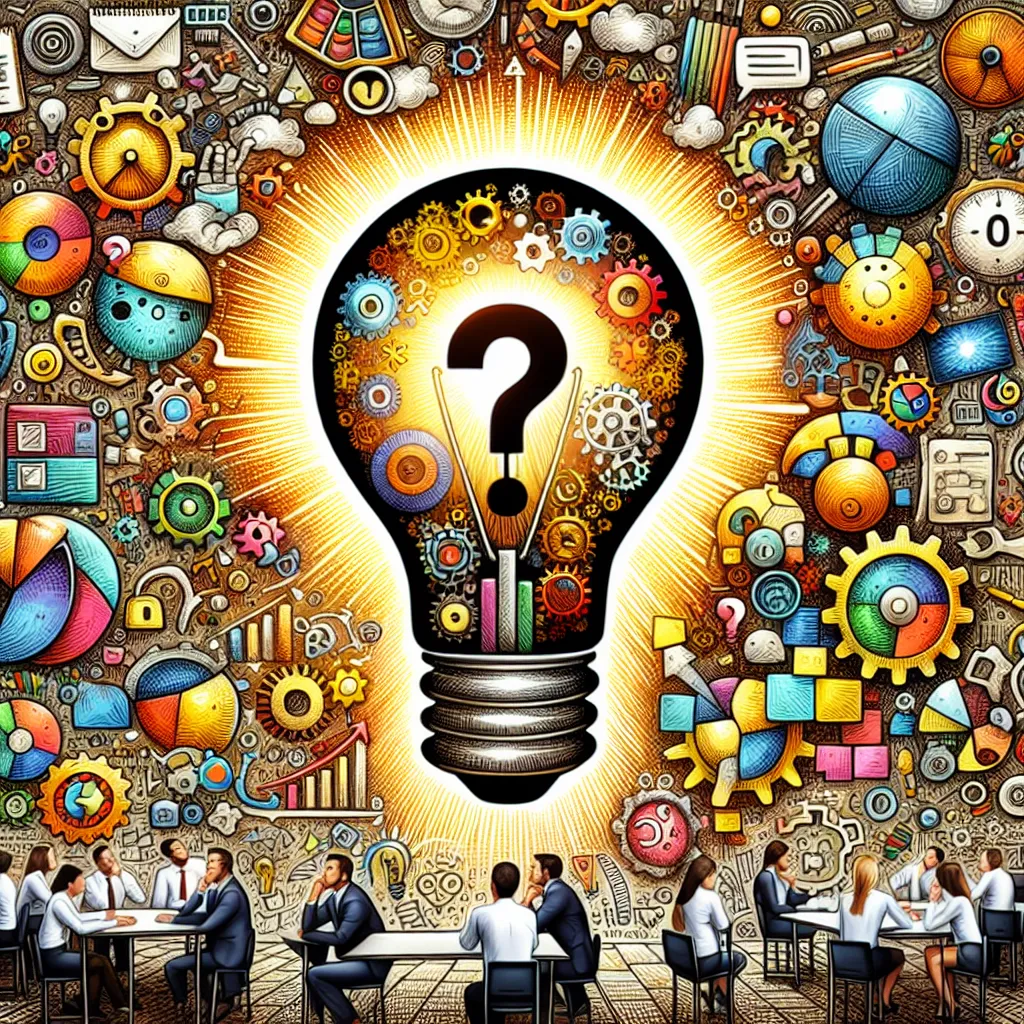
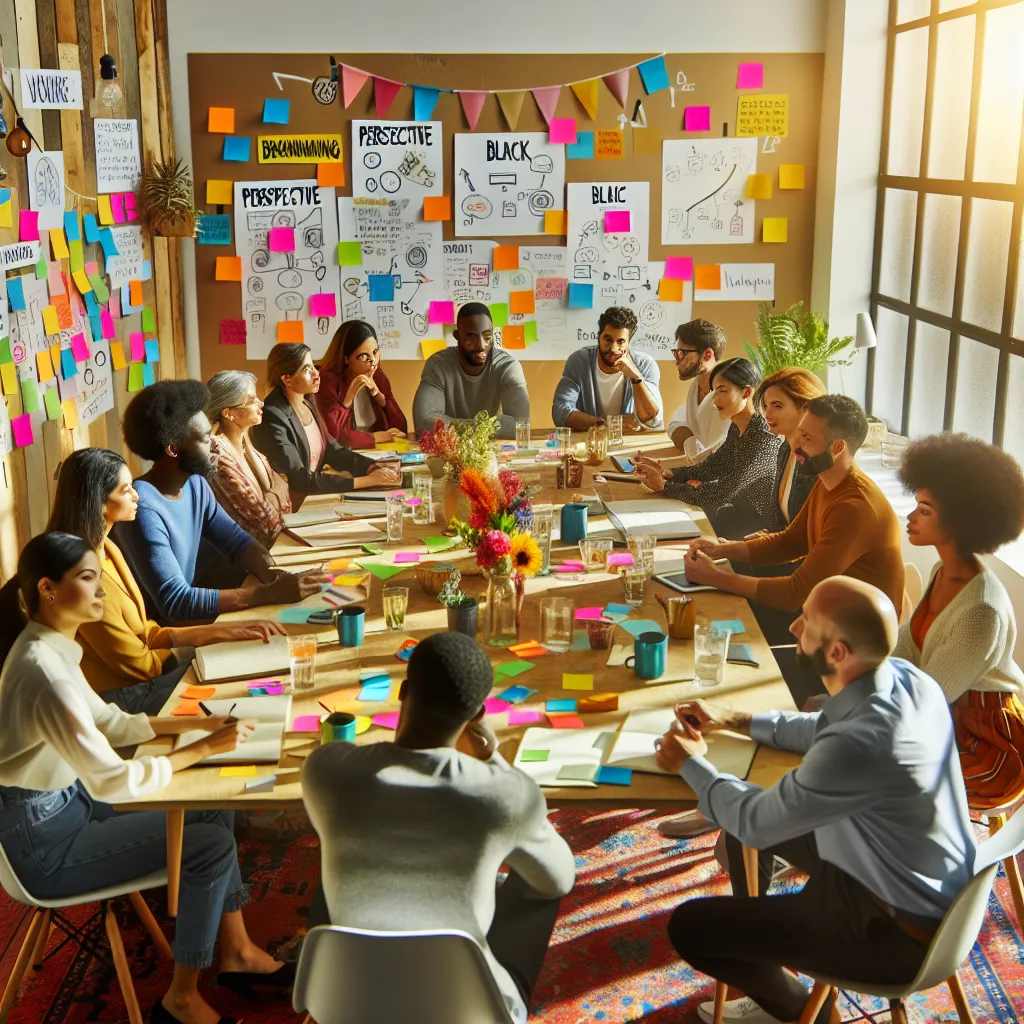

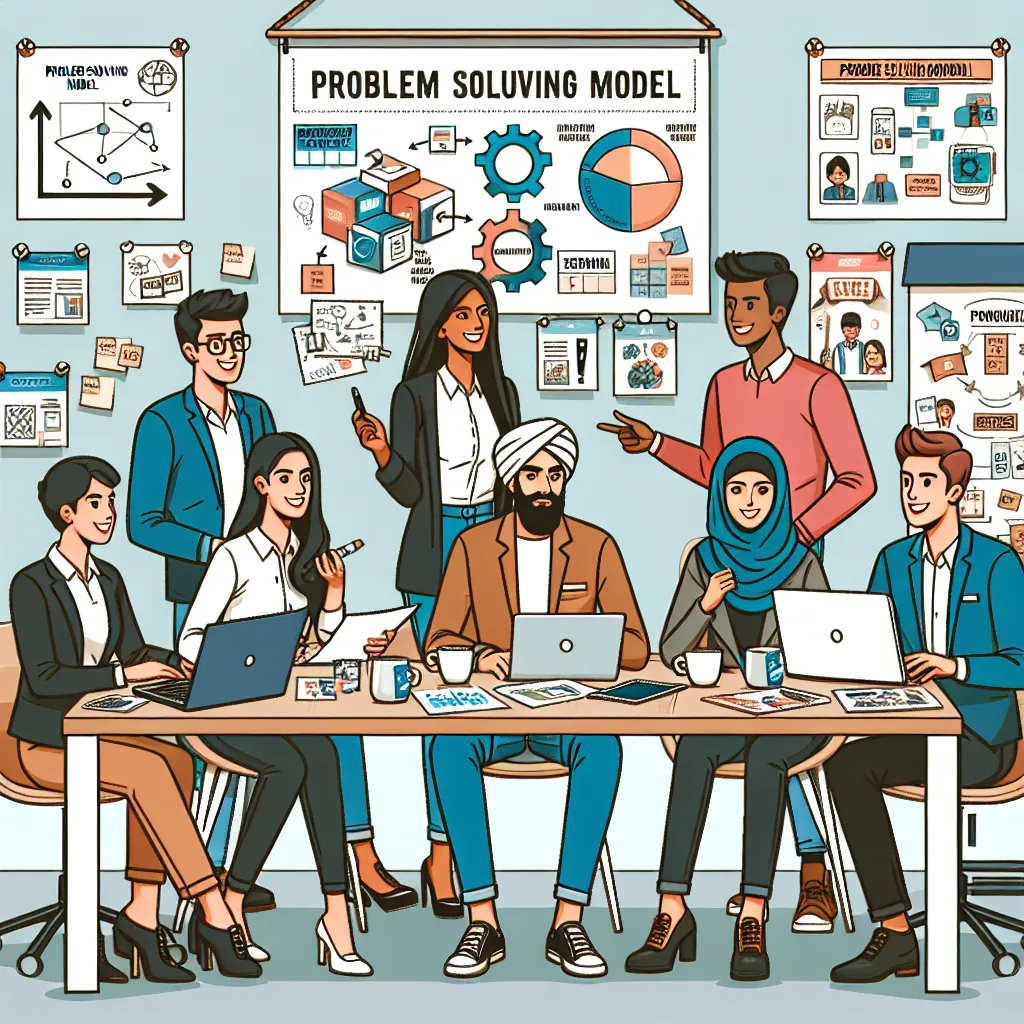

Post your own comment: